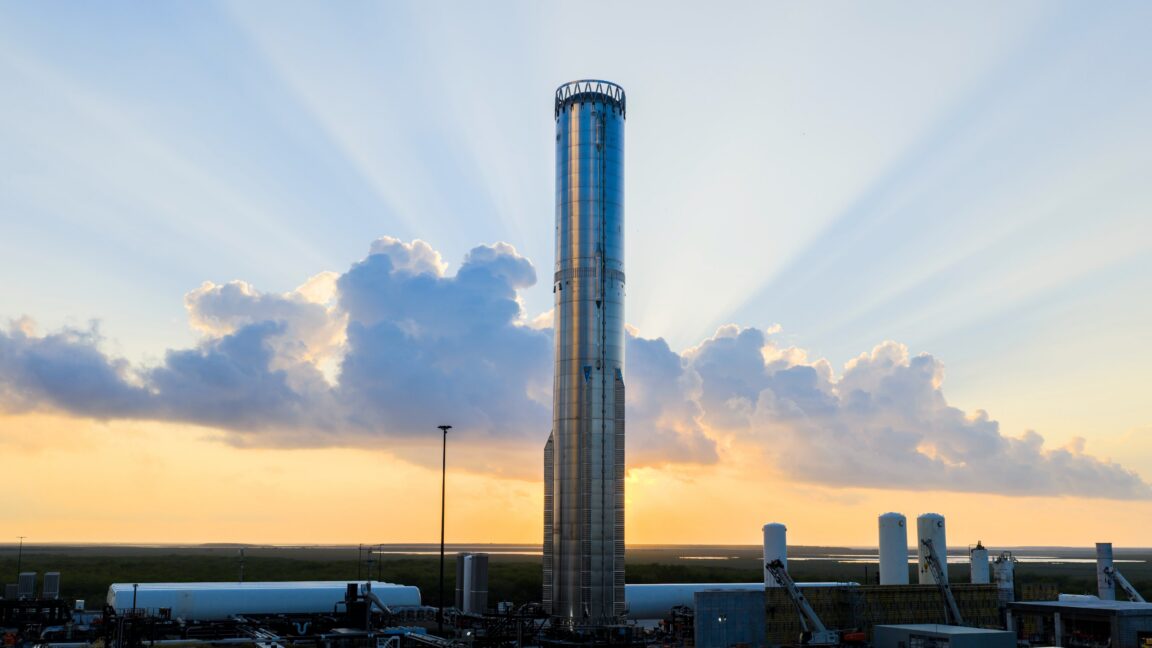
"Friday morning's failure was less energetic than an explosion of a Starship upper stage during testing at Massey's in June. That incident caused widespread damage at the test site and a complete loss of the vehicle. The Booster 18 problem on Friday appeared to cause less damage to test infrastructure, and no Raptor engines had yet been installed on the vehicle."
"With this upgraded vehicle SpaceX wants to demonstrate booster landing and reuse, an upper stage tower catch next year, the beginning of operational Starlink deployment missions, and a test campaign for NASA's Artemis Program. To keep this Moon landing program on track it is critical that SpaceX and NASA conduct on on-orbit refueling test of Starship, which nominally was slated for the second half of 2026."
"From an outside perspective, before this most recent failure, that timeline already seemed to be fairly optimistic. One of the core attributes of SpaceX is that it diagnoses failure quickly, addresses problems, and gets back to flying as rapidly as possible. No doubt its engineers are already poring over the data captured Friday morning, and quite possibly have already diagnosed the problem. The company is resilient and it has ample resources."
Super Heavy Booster 18 suffered catastrophic damage during a Friday morning test, though the failure was less energetic than a June Starship upper-stage explosion at Massey's that destroyed the vehicle and damaged the test site. The Booster 18 event caused less infrastructure damage and no Raptor engines were installed. SpaceX aimed to reach a healthy Starship flight cadence in 2026 and to validate booster landing and reuse, an upper-stage tower catch, operational Starlink missions, and Artemis test campaigns. On-orbit refueling was nominally slated for late 2026 to support a crewed lunar landing target in late 2028. The program is maturing and faces timeline risks despite rapid failure diagnosis and ample resources.
Read at Ars Technica
Unable to calculate read time
Collection
[
|
...
]